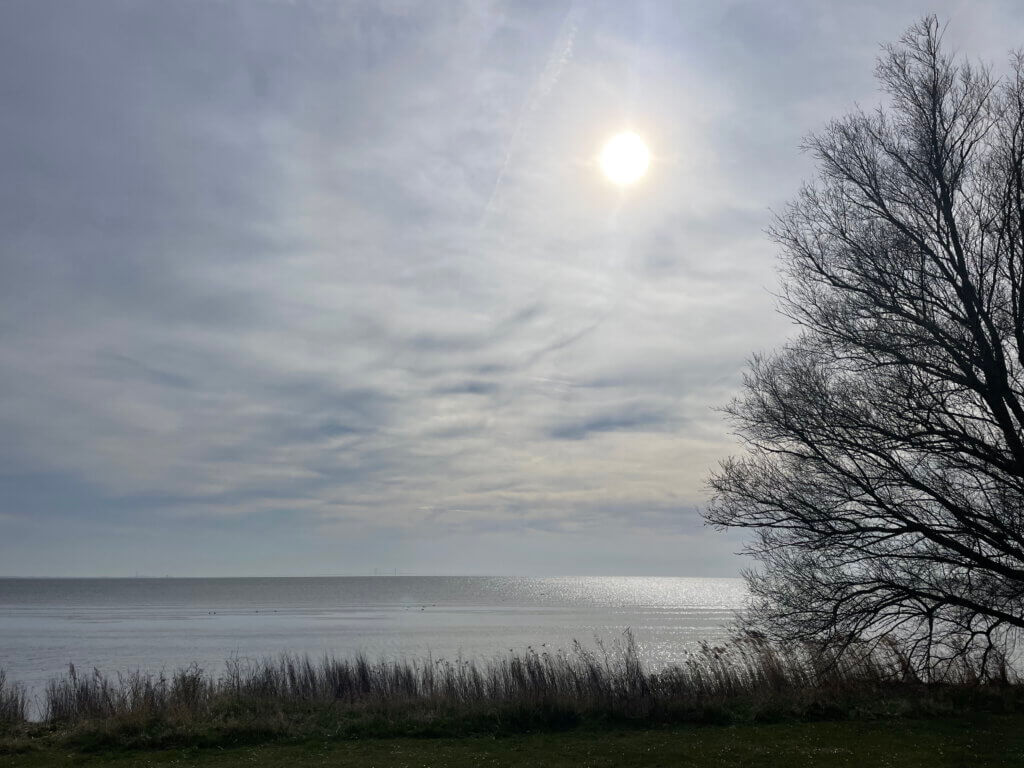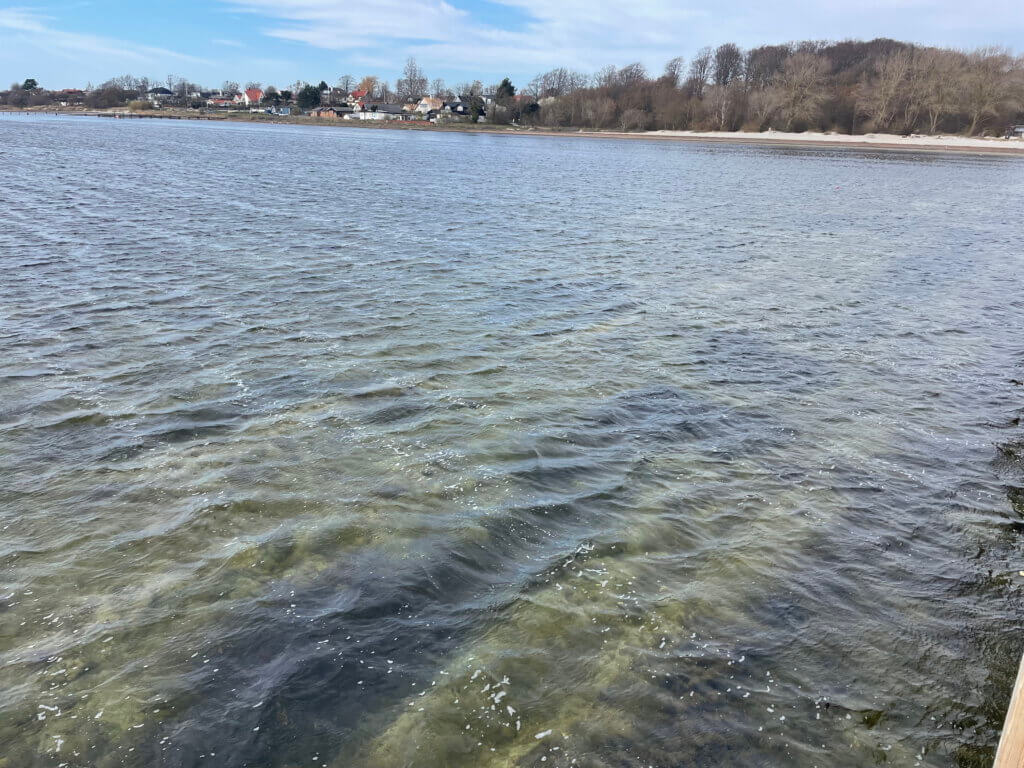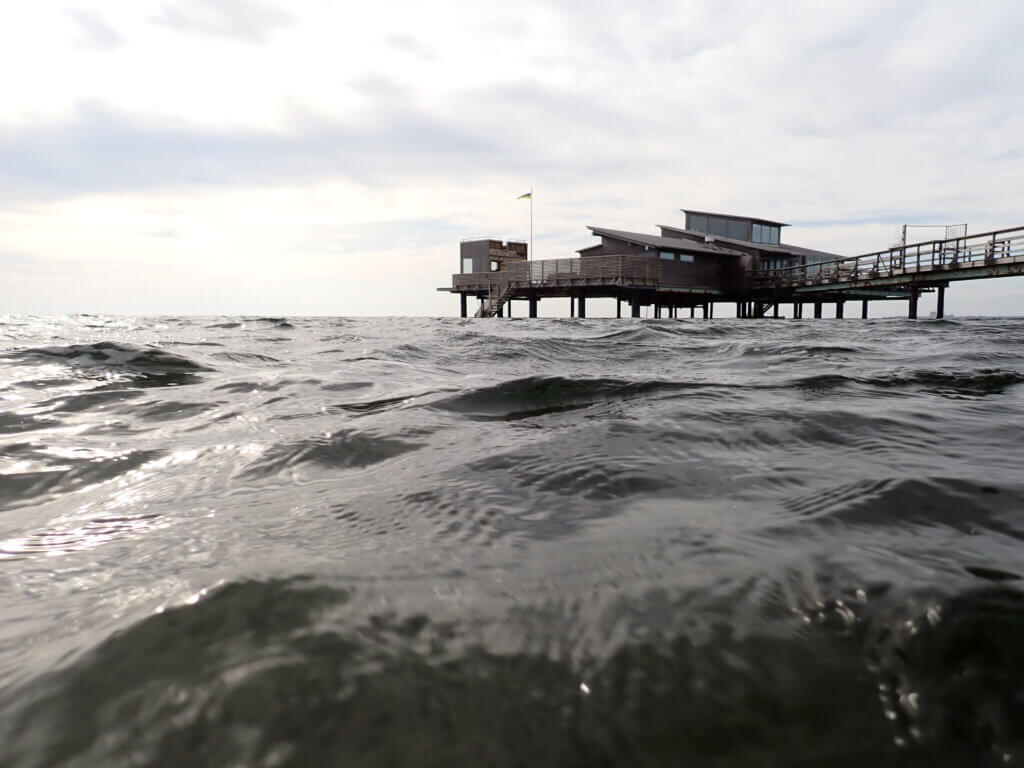
Currently reading McBrady (2025) on “Don’t Set Goals, Set Systems: Using Decoding the Disciplines and Students as Partners to Strengthen a History Department and its Teacher Candidates”
I decided to read this article because I am thinking about both “decoding the disciplines” and “students as partners” in different contexts, and I wanted to see how they come together, but then I got really excited about the “don’t set goals, set systems” part that I feel is often missing in my work.
McBrady (2025) describes a system that really seems to do it all: Combine teachers in training and student partners, who work together to understand bottlenecks in learning and propose how to improve teaching. And everybody wins: The teachers in training (taking a specific course) learn a lot about what is difficult in learning and how to improve instruction, the student partners gain research experience and are valued partners in the research process, faculty that is actually teaching in the courses is provided with a better understanding of what their students in the course struggle with (they were also the ones who gave initial suggestions of bottlenecks), and with concrete, literature- and evidence-based suggestions for how to improve instruction, and then all the students in those classes get to enjoy better instruction! And this can happen year after year after year on new bottlenecks! This is such a smart system, love it!
To make this work, the teachers in training learn about the 7 steps of “decoding the discipline”:
- Identification of a bottleneck that prevents learning — usually based on what experienced instructors observe in their teaching or assessment, and then explored for example through student interviews (as in this case)
- Investigation of how an expert does these things — for example in focus groups
- Figuring out how instructors can model their thinking — thinking aloud?
- Designing opportunities for students to practice.
- Figuring out student motivation — maybe extrinsic to get the positive feedback loop started so that intrinsic motivation kicks in?
- Observing student learning with the new instruction
- Sharing the new insights with the wider community
What a great way to train new teachers and reap all the other benefits simultaneously!
Of course, there are parts in the system that need particular attention. For example, when each teacher candidate only conducts one or two interviews, they cannot possibly have gained great interviewing skills beforehand. One way to mitigate that suggested by McBrady (2025) is to watch decoding interviews beforehand and reflecting on what is going on (and as I wrote about recently, you do not necessarily have to reflect on your own experience for it to be successful, also reflecting on other people’s experiences works! And then not all students actually wanted to be interviewed and some didn’t show up. Also the bottlenecks investigated need to be narrow enough that they can be investigated in this way. But I would love to implement a system like this where instruction gets incrementally improved every year, while teachers learn the skills to do this in their own teaching later, too!
In other news, some wave watching: These pictures are from yesterday’s dip. What I found most interesting there are the stripes that you see in the picture below. Lighter stripes with higher surface roughness and more reflected sun, and smoother, darker stripes. And you know what they come from?

Langmuir circulation! When we see it against the sun, we just see the effect of convergence and divergence zones on the surface roughness, but in the picture below we see both that, and in the lower part of the picture also the foam accumulating in the convergence zones (which is the more typical picture I take of Langmuir circulation).

And then, of course, one picture from the water… Because cold water is the best!

McBrady, J. (2025). Don’t Set Goals, Set Systems: Using Decoding the Disciplines and Students as Partners to Strengthen a History Department and its Teacher Candidates. Teaching and Learning Inquiry, 13, 1-17.